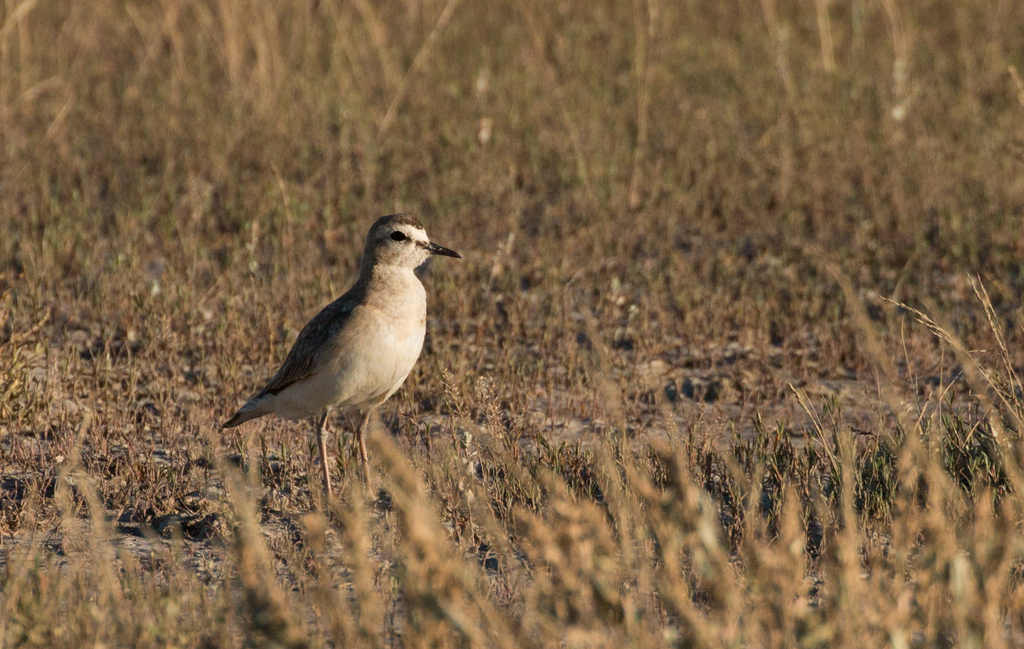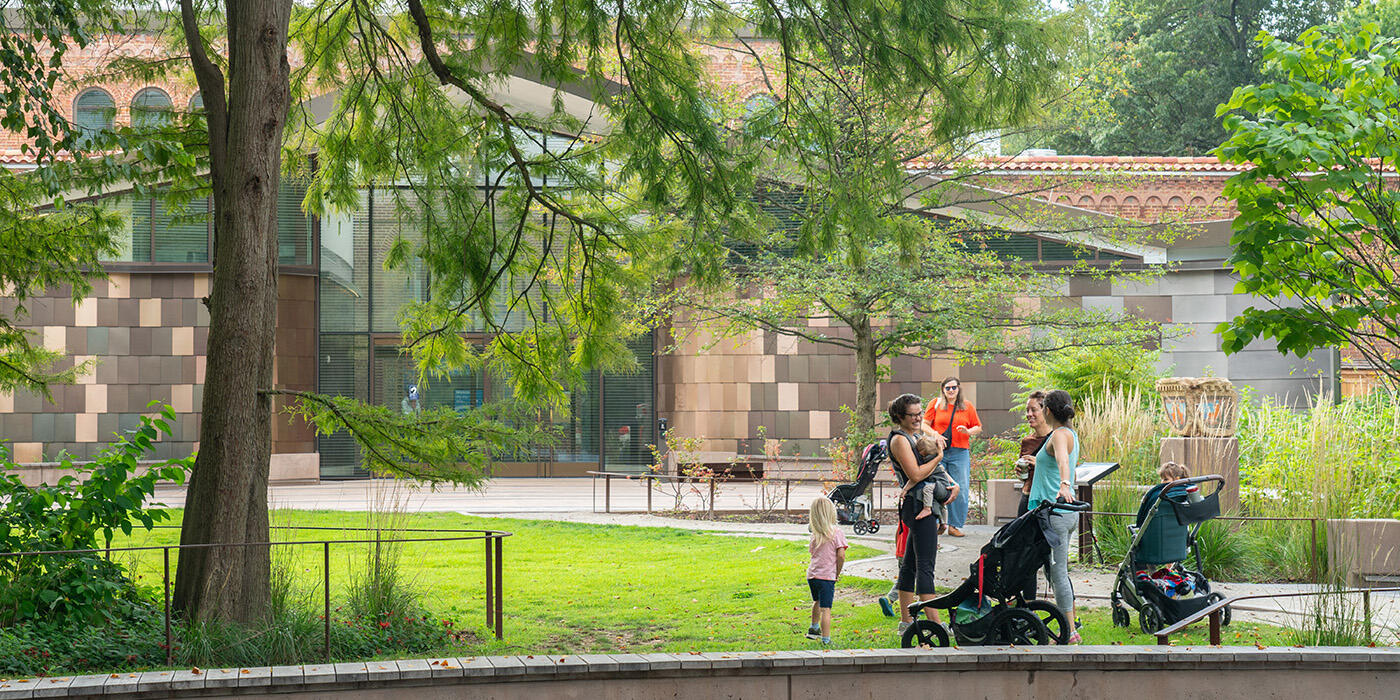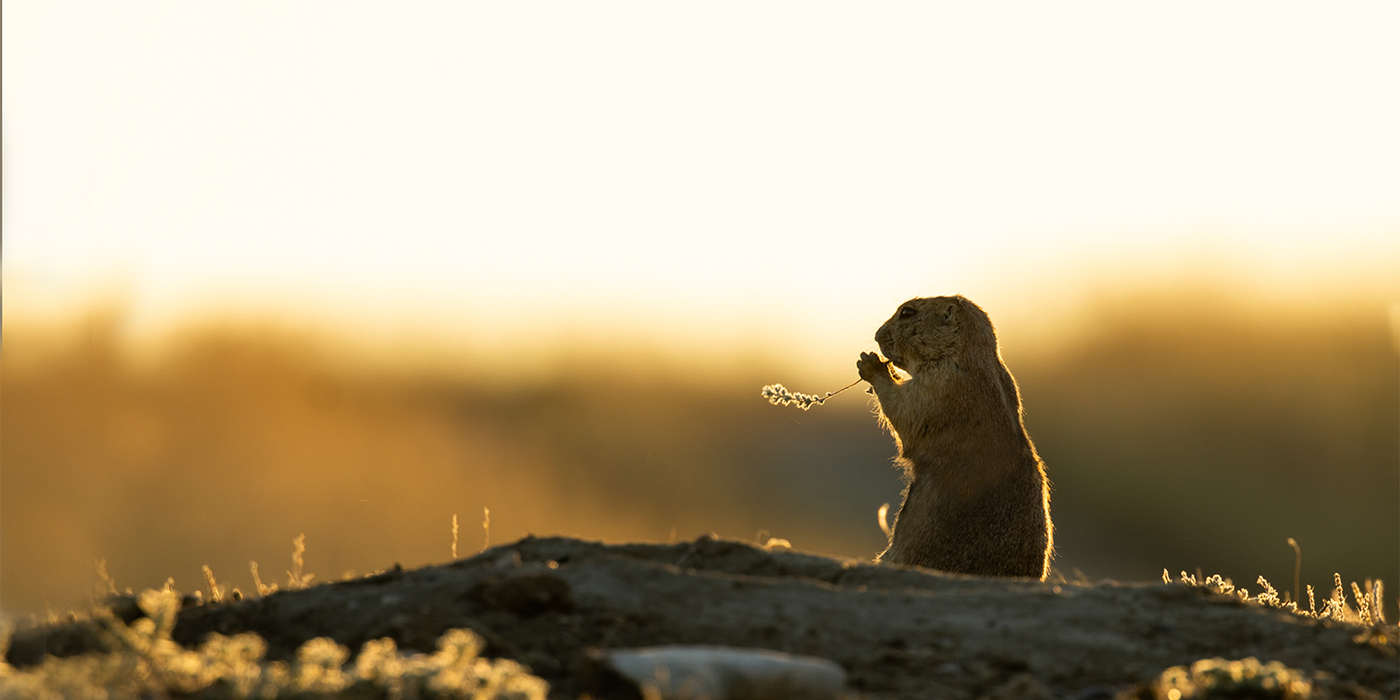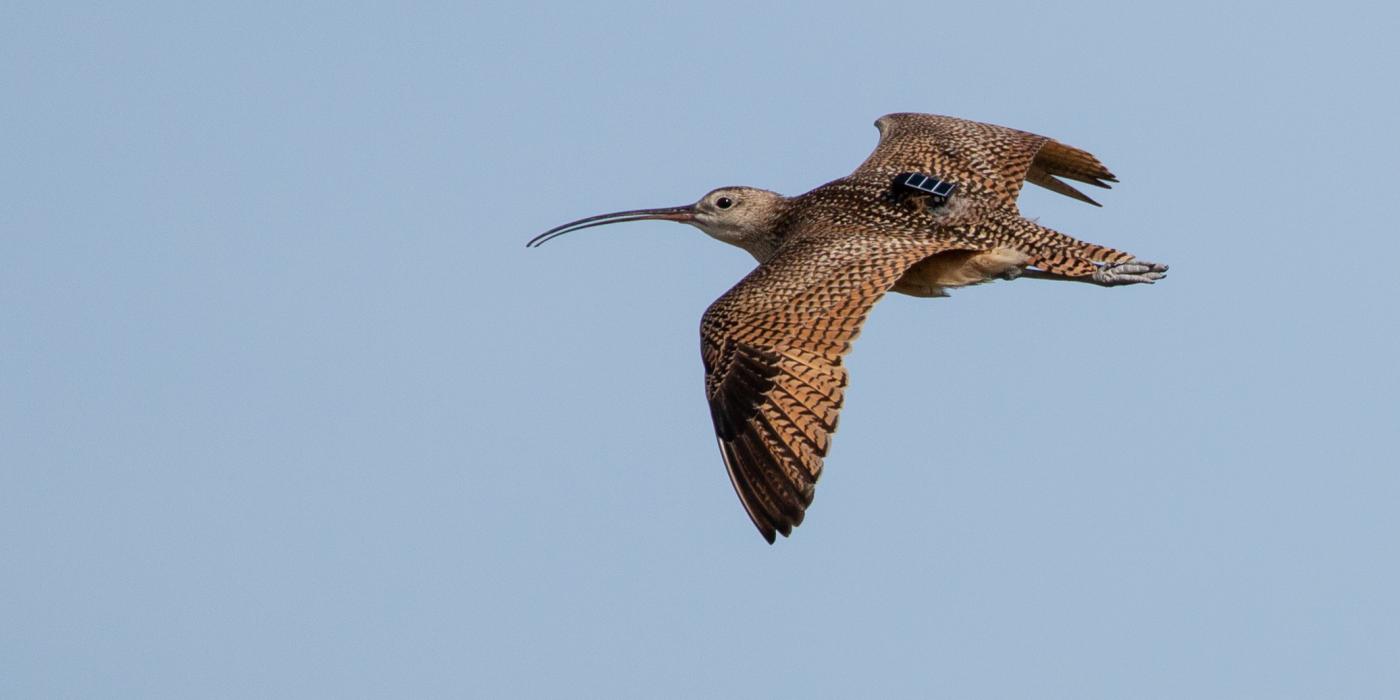How Prairie Dogs and Grassland Birds Work Together for Survival
As ornithologists studying the lives of grassland birds, our goal is to understand why so many species are quickly declining. But to do so, we need to look to one of their neighbors: the black-tailed prairie dog.
Prairie dogs are one of the coolest animals in North America. Their colonies, or “towns”, are made up of interconnected tunnels, burrows and mounds. Prairie dogs are ecosystem engineers: they change the environment around them, like how beavers build dams and woodpeckers drill holes in trees. When prairie dogs dig burrows, graze on nearby grass and chew on woody shrubs, they create habitat areas for birds, insects and other grassland animals.
When grass grows at different heights, it leads to a more diverse bird community. For example, open, shortgrass habitats are the preferred environment for grassland birds like longspurs, mountain plovers, horned larks and long-billed curlews. These species all benefit by living alongside prairie dogs, who keep the grass short.

The mountain plover relies on prairie dogs to create areas with shortgrass and bare ground to nest.
Photo credit: Andy Boyce/Smithsonian
Of course, there can be downsides for birds living on or near a prairie dog town. Towns can be high-risk environments because lots of predators see prairie dogs as a valuable food source. Those same predators also eat birds and their nests, and open habitats can make it difficult to hide.
But grassland birds have co-evolved with prairie dogs, and as we studied their interactions, we started to ask whether grassland birds might benefit from prairie dogs in ways other than how prairie-dogs create short-grass habitat. Maybe the birds balance the increased risk associated with living near prairie dogs with better feeding options, or perhaps they’re finding safety in numbers.
One benefit we discovered is that prairie dogs may act as a home security system for birds that nest around their towns. Prairie dogs use loud alarm calls to warn the entire colony about nearby predators. What’s more, they have extensive vocabularies for different predators. We learned these calls aren’t just heard by other prairie dogs: some birds eavesdrop on these messages and act on them to avoid predators.
Chestnut-collared longspurs hide their nests from predators in the grasses surrounding a prairie dog town.
Photo credit: Andrew Dreelin/Smithsonian
We still have a long way to go towards understanding the ways prairie dogs influence life on the plains. For example, most research on interactions between birds and prairie dogs has been done during the breeding season, so we know less about how these species interact with each other during the wintering period or during bird migrations. Could migrating birds refuel faster by searching for prairie dog towns and hunting for insects that live close by? Do prairie dog towns serve as reliable sources of food during the lean winter months? Filling those knowledge gaps is critical to conserving bird populations.
Unfortunately, just as we are learning more about the importance of prairie dogs, their populations are plummeting. Prairie dogs can be controversial, as some people believe they compete with cattle for grass, carry diseases and damage crops. Between introduced sylvatic plague spread by infected fleas, poisoning by landowners and even recreational shooting of prairie dogs, black-tailed prairie dogs are now gone from more than 90% of their historic range.
While there is still more to learn about the interactions between prairie dogs and grassland birds, we do know their survival is linked. Without prairie dogs, the outlook would be grim for many grassland species that rely on them for homes, food or even a heads-up on incoming predators. Species like the mountain plover, of which there are roughly 15,000 left in the world, would likely disappear, as they rely on prairie dog towns for nesting and raising their young. Raptors would decline due to the lack of prey, and the prairie itself would become more uniform, causing habitat degradation for dozens of other species of animals and plants.
If we want to support the grassland bird community, we need large expanses of grassland that include a variety of habitat types and grass lengths. By protecting prairie dogs, we can help protect the entire ecosystem.
Related Species:



